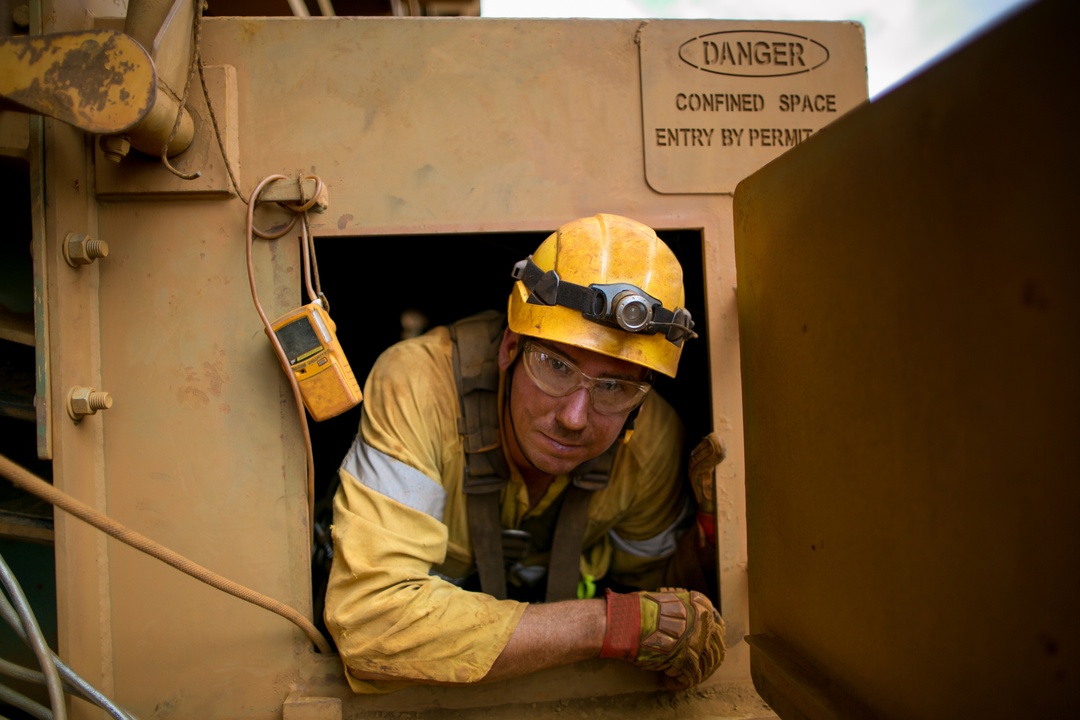
Many careers involve working in tight, enclosed areas with limited mobility and heightened safety concerns. These positions demand specific skills, extensive training and specialized equipment to ensure worker protection. Understanding these roles helps job seekers prepare for unique challenges while highlighting the importance of proper safety protocols.
Construction and Maintenance Workers
Construction crews frequently encounter confined space situations when installing utilities, repairing infrastructure or maintaining existing structures. Pipeline workers must crawl through narrow tunnels to inspect water mains, while HVAC technicians squeeze into cramped ductwork to install or repair ventilation systems. These professionals need flexibility, physical stamina and comprehensive knowledge of safety procedures.
Maintenance workers in industrial facilities regularly enter boilers, storage tanks and other enclosed equipment. They perform inspections, welding repairs and cleaning operations in spaces with poor ventilation remains and limited emergency exits. Professional gas monitoring solutions for confined space rescue teams become essential when workers encounter potentially dangerous atmospheres during these maintenance tasks.
Emergency Response Personnel
Firefighters and rescue workers often navigate confined spaces during emergency situations. Urban search and rescue teams crawl through collapsed building debris, while firefighters enter smoke-filled structures with limited visibility and restricted movement. These professionals train extensively to work in cramped conditions while maintaining situational awareness.
Cave rescue specialists represent another category of emergency responders who work in confined environments. They navigate narrow cave passages to reach injured spelunkers or lost explorers. This work requires specialized equipment, extensive rope skills and the ability to remain calm in claustrophobic conditions.
Industrial Specialists
Manufacturing facilities employ workers who regularly enter confined spaces as part of their daily routines. Tank cleaners descend into large storage vessels to remove residue and perform maintenance. Shipyard workers crawl through narrow compartments to install equipment or conduct repairs on vessels under construction.
Mining operations require personnel to work in underground tunnels where space restrictions become severe. Miners navigate narrow shafts, work in cramped excavation areas and operate in environments where ceiling height barely accommodates standing. These positions demand physical conditioning and strict adherence to safety protocols.
Safety and Training Requirements
Workers in confined space roles must complete extensive safety training before beginning their duties. This education covers hazard recognition, proper use of personal protective equipment and emergency procedures. Many employers require certification in confined space entry, which includes learning about atmospheric testing, ventilation requirements and rescue procedures.
Physical fitness plays a crucial role in confined space work. Employees must demonstrate the ability to move through tight spaces while wearing safety equipment. Some positions require specific physical assessments to ensure workers can perform their duties safely and evacuate quickly during emergencies.
Take the Next Step
Working in confined spaces offers unique career opportunities across multiple industries. These positions typically provide competitive compensation due to the specialized skills and safety training required. Research specific requirements for your area of interest and consider pursuing relevant certifications to enhance your qualifications for these demanding but rewarding careers.
